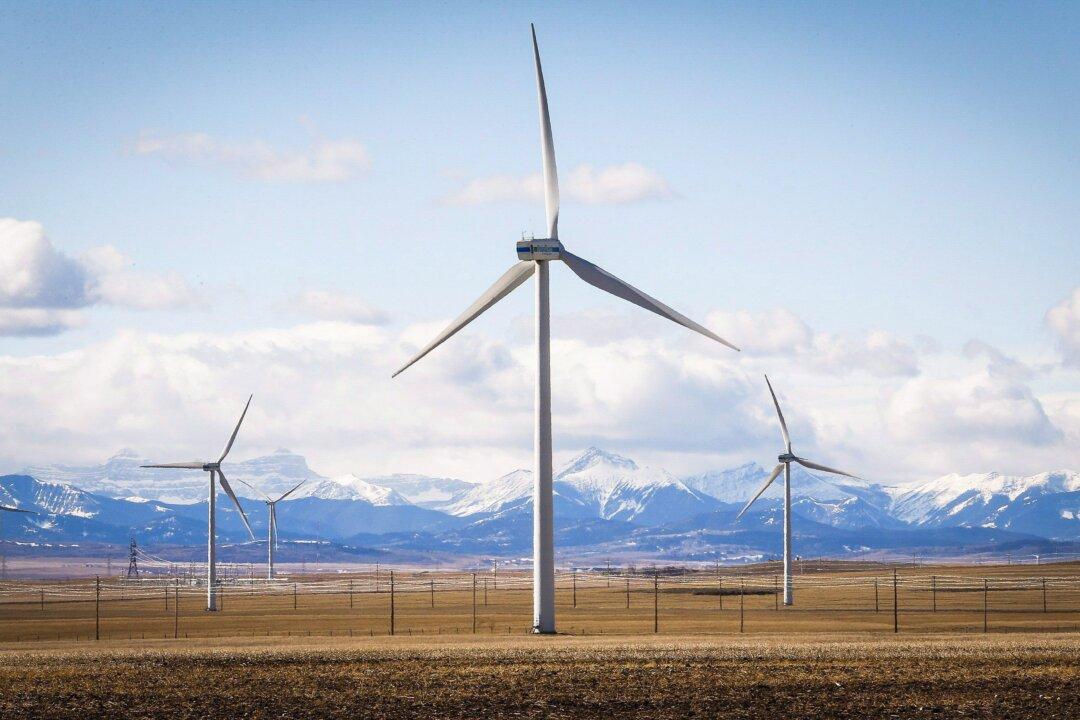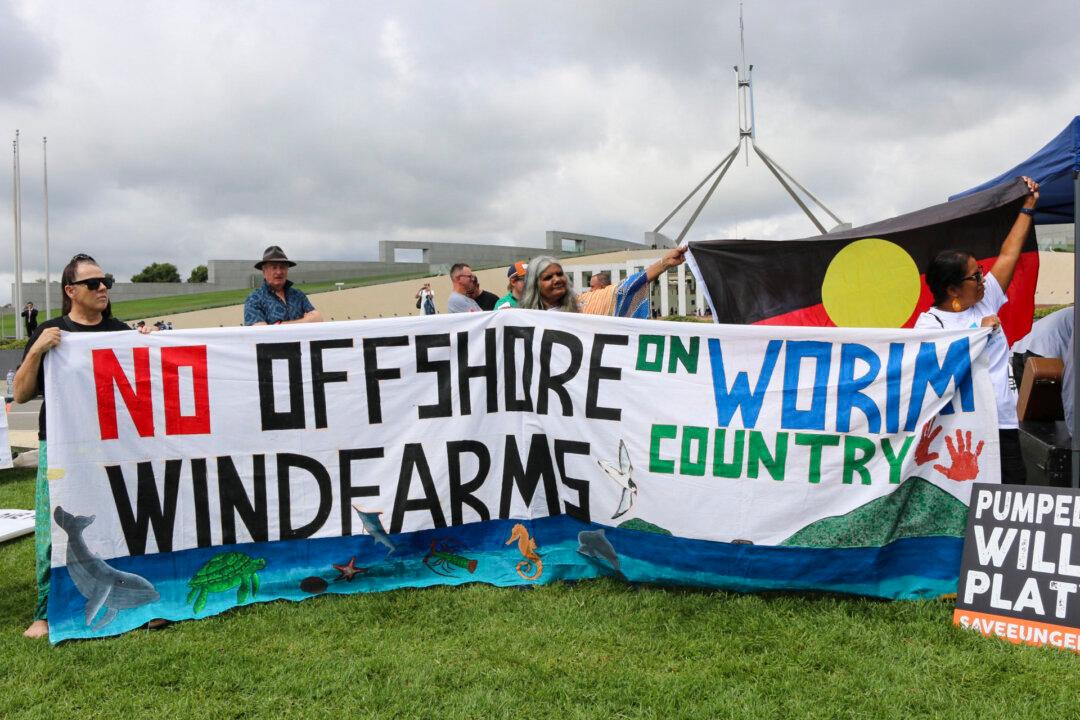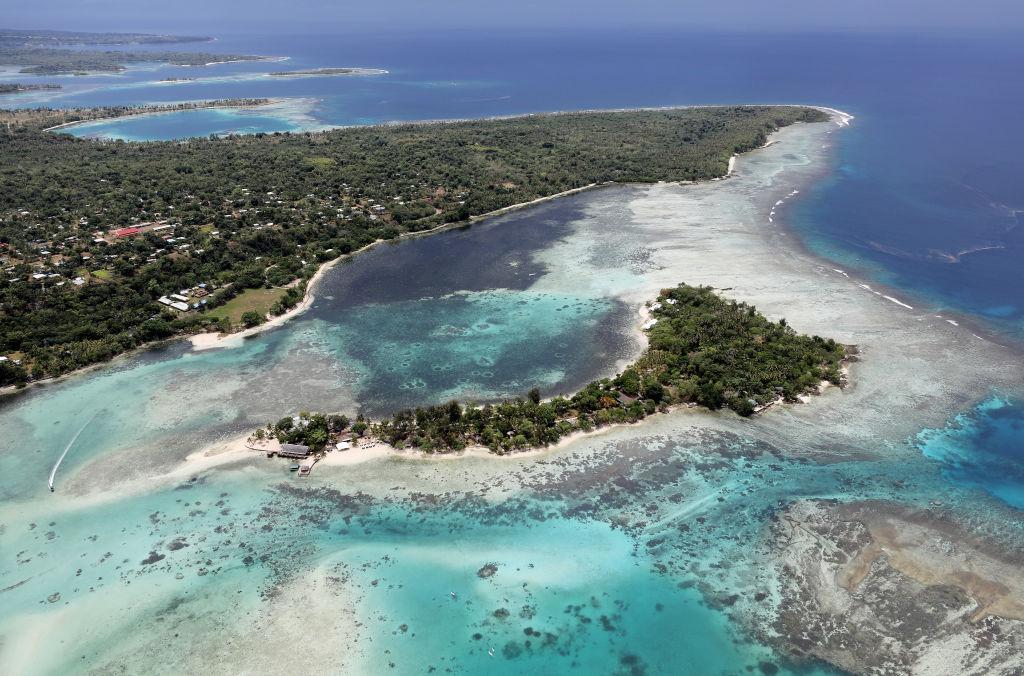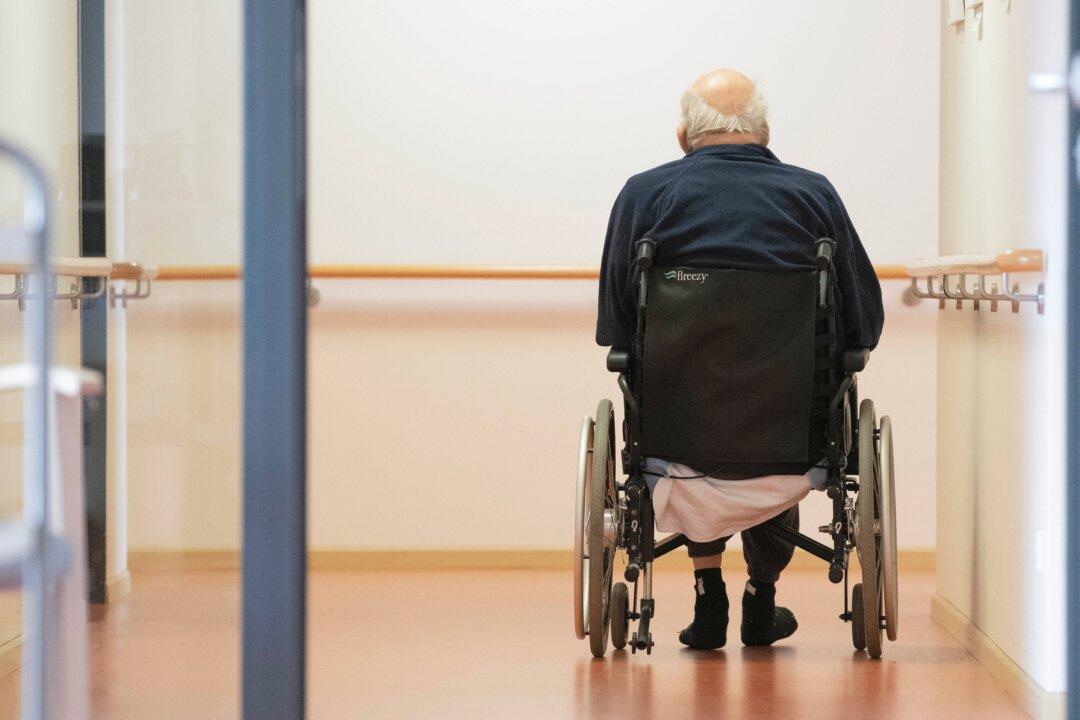The Victoria Labor government is reforming the mining sector in hopes of bolstering the state’s “ambitious renewable energy agenda.”
The move is a part of the government’s renewable energy and storage target of 50 percent by 2030 in a state that’s largely reliant on ‘brown coal’ for its energy. Ultimately, Labor is looking to meet a 95 percent renewable energy generation goal by 2035.




